Las noches en El Salvador están llenas de misterio. El viento que sopla entre los cafetales y el sonido de los ríos parecen contar historias que han pasado de generación en generación. Mitos salvadoreños que dan miedo y leyendas salvadoreñas que mezclan lo real con lo imaginario.
¿Conoces a La Siguanaba, esa mujer fantasma que esconde su rostro y asusta a la gente? ¿O a El Cipitío, ese niño travieso que nunca crece y se ríe bajo la luna?
Estas historias no solo sirven para asustar a los niños; son parte de la cultura de un pueblo, muestran su historia, sus miedos y su forma de ver el mundo.
Sumérgete en este mundo de relatos fascinantes, donde lo sobrenatural y lo cotidiano se mezclan de manera mágica.
¿Te animas a descubrir los secretos que esconden las sombras de El Salvador?
Mitos y Leyendas de El Salvador
El Salvador es un país lleno de historias sorprendentes que han pasado de generación en generación. Muchas de estas historias son leyendas y mitos que explican cosas misteriosas o advierten sobre peligros.
Algunas son cuentos de terror que hacen que la gente tenga cuidado al caminar sola de noche. Otras hablan de seres mágicos que aparecen para ayudar o castigar a las personas según sus acciones.
Desde hace mucho tiempo, los abuelos cuentan estas historias a sus nietos, y así han seguido vivas hasta hoy.
Aunque algunas dan miedo, también nos enseñan valores importantes, como el respeto y la prudencia. Aquí te contaremos algunas de las leyendas más famosas de El Salvador.
Leyendas y Mitos más Conocidos de El Salvador
El Cipitío: El niño travieso que nunca crece
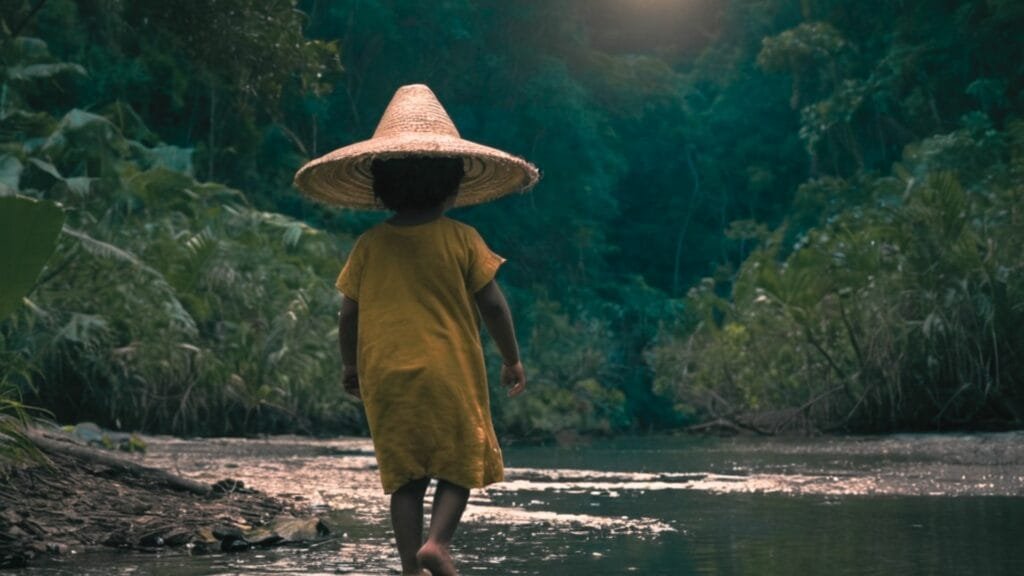
El Cipitío es un personaje muy famoso en El Salvador. Es un niño pequeño, barrigón y con un gran sombrero que nunca crece.
Se dice que fue maldecido por los dioses para quedarse niño para siempre, como castigo por los errores de su madre, la Siguanaba.
Este niño travieso aparece en los ríos y juega bromas a las personas, especialmente a las mujeres. Les tira piedritas y se ríe de forma misteriosa.
Aunque no es peligroso, muchas personas sienten escalofríos al escuchar su risa en la noche. Algunos dicen que su voz se mezcla con el sonido del agua y que su presencia puede hacer que las personas se pierdan.
La Siguanaba: La mujer hermosa con un rostro aterrador
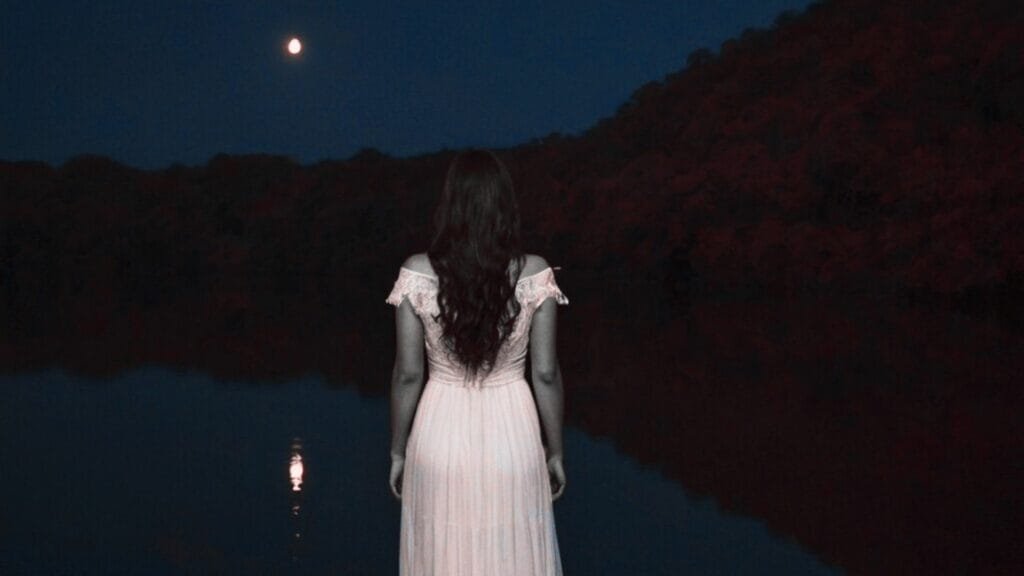
La Siguanaba es una de las leyendas más espantosas de El Salvador. Se dice que es una mujer muy bonita, con cabello largo y negro, que aparece en los caminos solitarios durante la noche.
Los hombres que la ven quedan encantados por su belleza, pero cuando se acercan, su rostro se convierte en una calavera o en una cara espantosa con ojos brillantes.
Según la leyenda, los dioses la castigaron por haber sido una madre irresponsable. Ahora, está condenada a asustar a los hombres infieles o borrachos.
Se cuenta que su risa suena en los cañaverales y que quienes la ven pueden enfermarse o volverse locos del miedo.
El Cadejo: El perro que protege o castiga
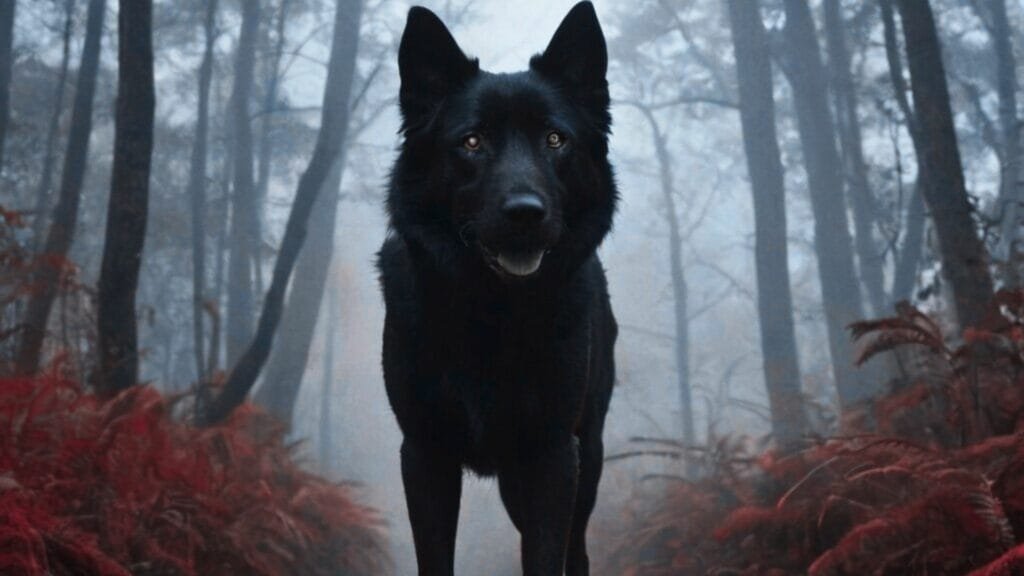
El Cadejo es un espíritu que aparece en forma de un perro grande. Hay dos tipos de Cadejo: el blanco y el negro.
El Cadejo blanco es bueno y protege a los viajeros de los peligros del camino. Pero el Cadejo negro es malvado y persigue a las personas para asustarlas o hacerles daño.
Las personas que han visto al Cadejo negro dicen que sus ojos brillan en la oscuridad y que su aliento huele muy mal. Cuando ataca, deja a sus víctimas paralizadas de miedo.
Por suerte, el Cadejo blanco aparece para ahuyentarlo y salvar a los caminantes nocturnos. Muchos creen que este ser es un guardián de los caminos y que solo se aparece a quienes están en peligro.
El Padre Sin Cabeza: El fantasma de un sacerdote
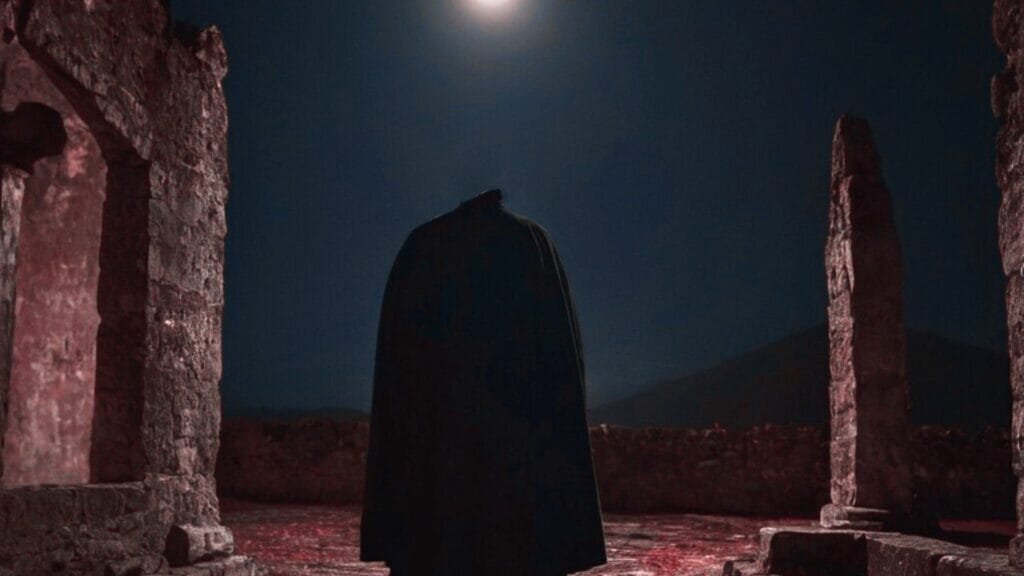
Esta es la historia de El Padre sin cabeza, un sacerdote que, por cometer graves pecados, fue condenado a vagar sin cabeza.
Se dice que su fantasma aparece en las iglesias antiguas y en los monasterios, siempre sosteniendo un libro sagrado. Aunque no puede hablar, emite un lamento triste que llena el aire de miedo.
Las personas que lo han visto aseguran que su cuerpo flota en la oscuridad y que su sombra se proyecta en las paredes de piedra.
Algunos creen que está atrapado en este mundo porque nunca encontró el perdón y que seguirá apareciendo hasta que alguien lo ayude a descansar en paz.
La Carreta Chillona: El sonido que anuncia la muerte

La Carreta Chillona es un carruaje fantasmal que aparece en las noches más oscuras. Aunque casi nadie la ha visto directamente, su presencia se siente por el horrible sonido que hace.
Se dice que sus ruedas viejas y oxidadas rechinan fuertemente y que quien la escucha está en peligro, pues es señal de que alguien morirá pronto.
Algunos testigos cuentan que la carreta es guiada por un esqueleto y que avanza lentamente por las calles empedradas. Se dice que si alguien intenta seguirla, nunca podrá encontrar su origen ni su destino.
Lo mejor que se puede hacer al escuchar su ruido es rezar y no asomarse por la ventana.
La Llorona: El llanto eterno de una madre perdida
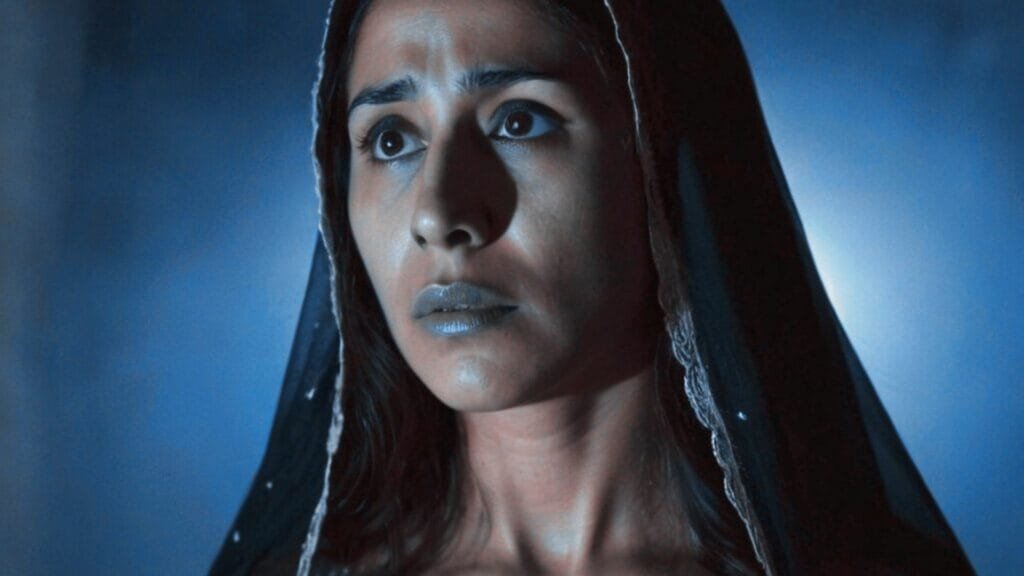
La Llorona es un espíritu atormentado que deambula por los ríos y lagunas de El Salvador, llorando por los hijos que perdió.
Según la leyenda, fue una mujer que, cegada por la desesperación o la traición, ahogó a sus propios hijos y, al darse cuenta de su horror, se lanzó también a las aguas.
Ahora, su alma errante busca a sus pequeños en las noches silenciosas, gimiendo un lamento desgarrador que hiela el corazón.
Aquellos que escuchan su llanto dicen que la muerte o la desgracia no tardan en llegar.
La Descarnada: El espíritu vengador de los infieles
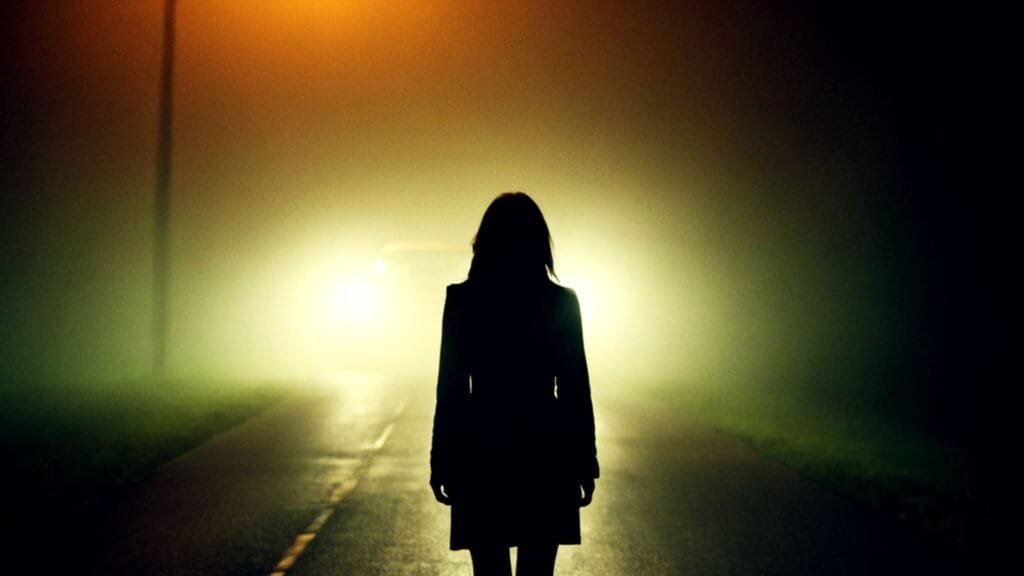
La leyenda de La Descarnada es una de las más aterradoras de El Salvador.
Se dice que aparece en los caminos solitarios, especialmente de noche, vestida con harapos y un velo que oculta su verdadero rostro.
Atrae a los hombres con su voz seductora, pero cuando estos se acercan, su piel se desgarra, revelando un rostro cadavérico y ojos huecos llenos de un resplandor espectral.
Quienes han tenido la desgracia de encontrarla aseguran que su presencia deja un frío insoportable y una sensación de muerte inminente. La advertencia es clara: no sigas su llamado, o podrías no regresar.
Conclusión
Las leyendas y mitos de El Salvador son más que cuentos de miedo. Son historias que han pasado de generación en generación y que nos enseñan lecciones importantes sobre la vida.
Algunas advierten sobre los peligros de la noche, otras nos recuerdan que debemos ser buenas personas.
Aunque el mundo ha cambiado mucho, estos relatos siguen vivos y forman parte de nuestra cultura.
Si alguna vez caminas solo en la oscuridad y sientes un ruido extraño, recuerda estas historias… Tal vez no estés tan solo como crees.
